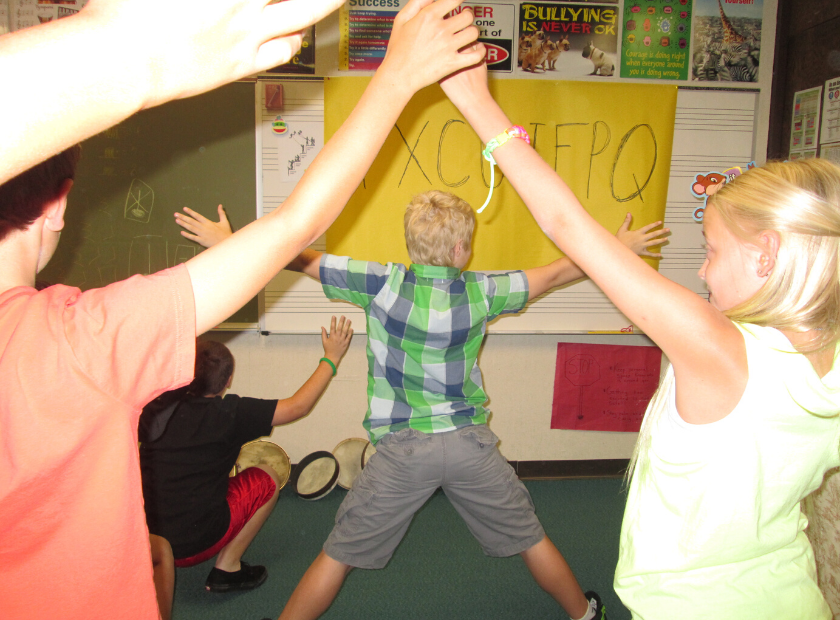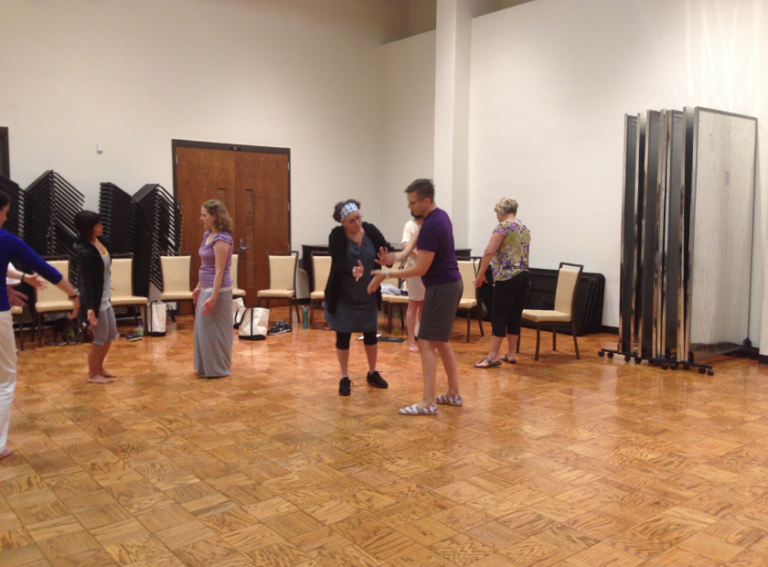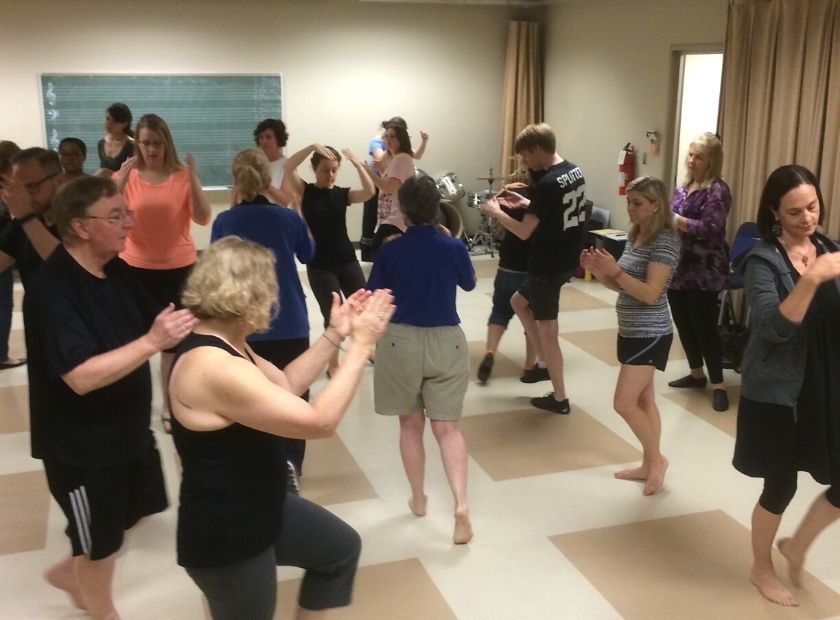His students clarified and furthered the practice of Eurhythmics, and those who incorporated Eurhythmics beyond music education and into theatre, dance, and therapy. Evidence of the strength and appeal of the eurhythmics approach are in its dispersal and practice globally, and a bond exists among its supporters and teachers. As an organization, the AES is neither affiliated nor aligned with the Institut Jaques-Dalcroze or the Dalcroze Society of America.




The American Eurhythmics Society seeks to continue the work of Dalcroze by providing training opportunities in Eurhythmics for music educators who practice their craft in the classroom or in the private teaching studio. The AES will serve those teachers looking for meaningful ways to include movement rooted in the philosophy of Dalcroze to meet national and state education standards, and to provide authentic assessment opportunities. The AES will teach personal musicianship along with pedagogy and applications of Eurhythmics.
The AES supports and promotes Eurhythmics as a model for music and movement education in schools in North America because this model offers active and creative music making for all children, not just the musically talented. Further, Eurhythmics develops musicianship through singing, improvising, and purposeful and creative movement. Active music making is the core of this philosophy, supporting both the conceptual and affective development of children. Active learners develop a thorough, long-term understanding of the material and concepts they are studying. Children who regularly improvise and create their own movements and musical settings are exceptionally well prepared to solve problems in many other contexts.
Participants in the eurhythmics approach experience a spiral curriculum that takes the learner from:
– Hearing to Moving
– Moving to Feeling
– Feeling to Sensing
– Sensing to Analyzing
– Analyzing to Reading
– Reading to Writing
– Writing to Improvising
– Improvising to Performing
Eurhythmics contributes to the development of the individual beyond musical skills. This approach also has application and value in the following areas:
Intellectual Value: People engaged in eurhythmics activities solve problems, predict, and transfer knowledge, all in real time. By relating activities to time, space, and energy, participants turn the abstract concepts of music into concrete realization through movement.
Social and Behavioral Value: Eurhythmics activities occur in an ensemble setting. Participants work with partners, and in small and large groups to engage in purposeful movement. Benefits include the development of nonverbal communication, spatial awareness, and social interaction.
Emotional Value: A natural outcome of a eurhythmics experience is joy. Based on the research of Csikszentmihalyi, a carefully balanced combination of skill level and challenge can produce flow, an optimal state of awareness, focus, and concentration. This intense concentration produces a feeling of satisfaction in the participant.
The benefits of the eurhythmics approach are significant and wide ranging. The AES, a democratic, professional organization run by and for its members, is dedicated to the promotion of eurhythmics through the development and implementation of clear certification standards, continuing education, and on-going peer review. The AES welcomes as members those individuals and institutions wishing to further the study, practice, and dissemination of the eurhythmics approach to teaching and learning.
Input your search keywords and press Enter.